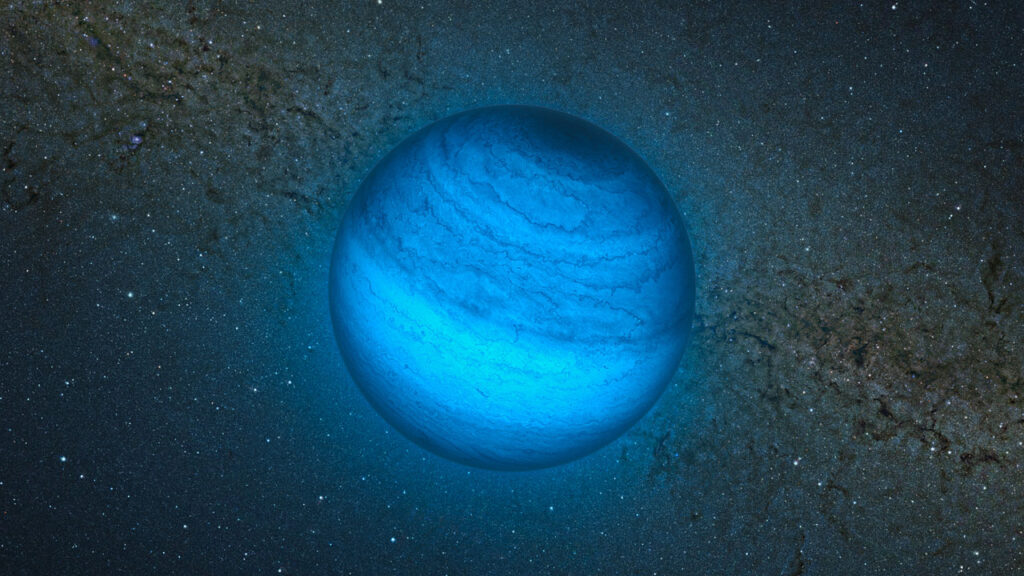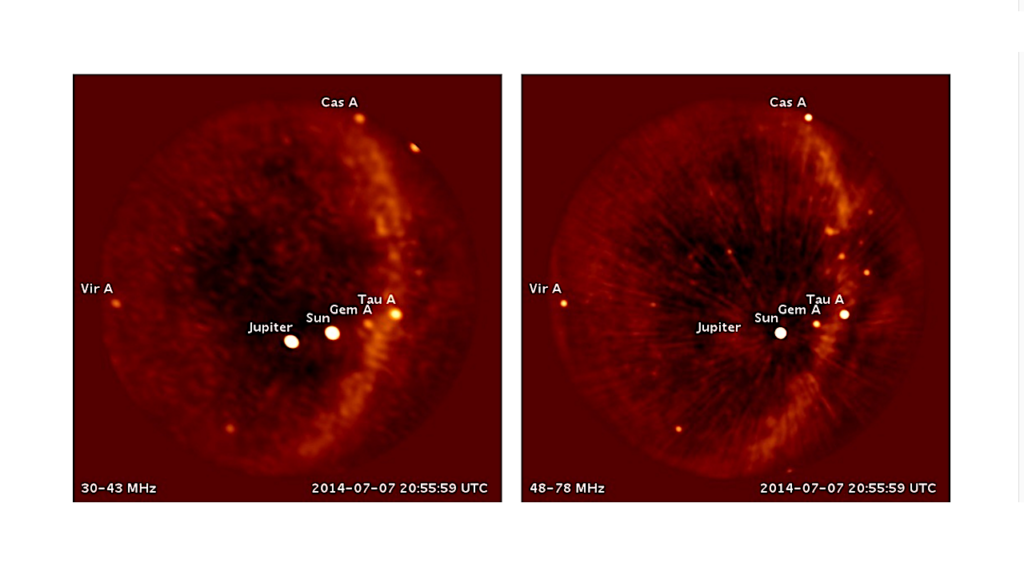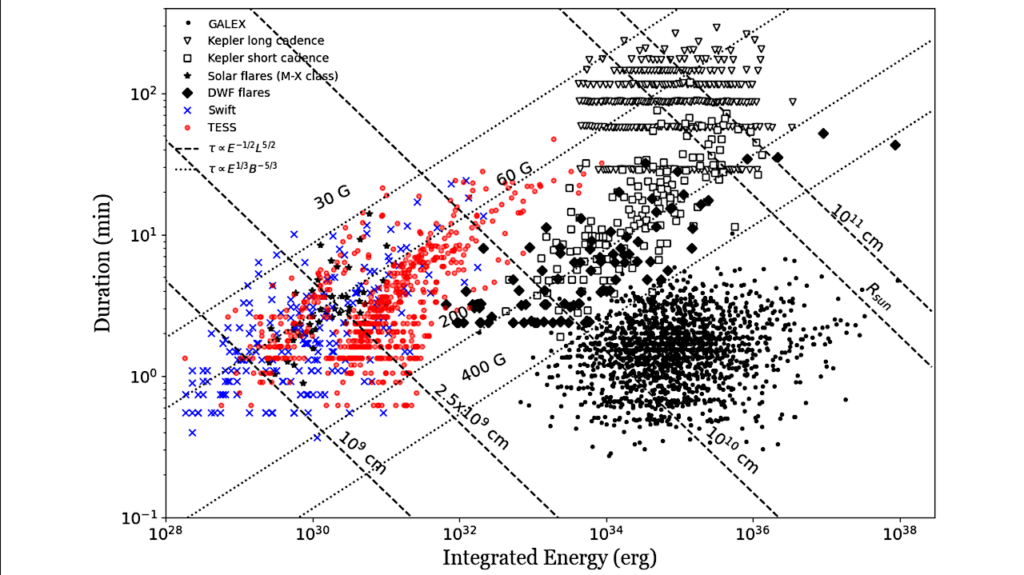Bayesian Dynamic Mapping of an Exo-Earth from Photometric Variability

Photometric variability of a directly imaged exo-Earth conveys spatial information on its surface and can be used to retrieve a two-dimensional geography and axial tilt of the planet (spin-orbit tomography).
In this study, we relax the assumption of the static geography and present a computationally tractable framework for dynamic spin-orbit tomography applicable to the time-varying geography. First, a Bayesian framework of static spin-orbit tomography is revisited using analytic expressions of the Bayesian inverse problem with a Gaussian prior.
We then extend this analytic framework to a time-varying one through a Gaussian process in time domain, and present analytic expressions that enable efficient sampling from a full joint posterior distribution of geography, axial tilt, spin rotation period, and hyperparameters in the Gaussian-process priors. Consequently, it only takes 0.3 s for a laptop computer to sample one posterior dynamic map conditioned on the other parameters with 3,072 pixels and 1,024 time grids, for a total of ∼3×106 parameters.
We applied our dynamic mapping method on a toy model and found that the time-varying geography was accurately retrieved along with the axial-tilt and spin rotation period. In addition, we demonstrated the use of dynamic spin-orbit tomography with a real multi-color light curve of the Earth as observed by the Deep Space Climate Observatory. We found that the resultant snapshots from the dominant component of a principle component analysis roughly captured the large-scale, seasonal variations of the clear-sky and cloudy areas on the Earth.
Hajime Kawahara, Kento Masuda
Comments: 23 pages, 13 figures, accepted for publication in ApJ. The code is available online at this https URL . The retrieved dynamic map of a real light curve of the Earth (movie) can be viewed at this https URL
Subjects: Earth and Planetary Astrophysics (astro-ph.EP); Instrumentation and Methods for Astrophysics (astro-ph.IM); Methodology (stat.ME)
Cite as: arXiv:2007.13096 [astro-ph.EP] (or arXiv:2007.13096v1 [astro-ph.EP] for this version)
Submission history
From: Hajime Kawahara
[v1] Sun, 26 Jul 2020 10:34:40 UTC (4,055 KB)
https://arxiv.org/abs/2007.13096
Astrobiology








